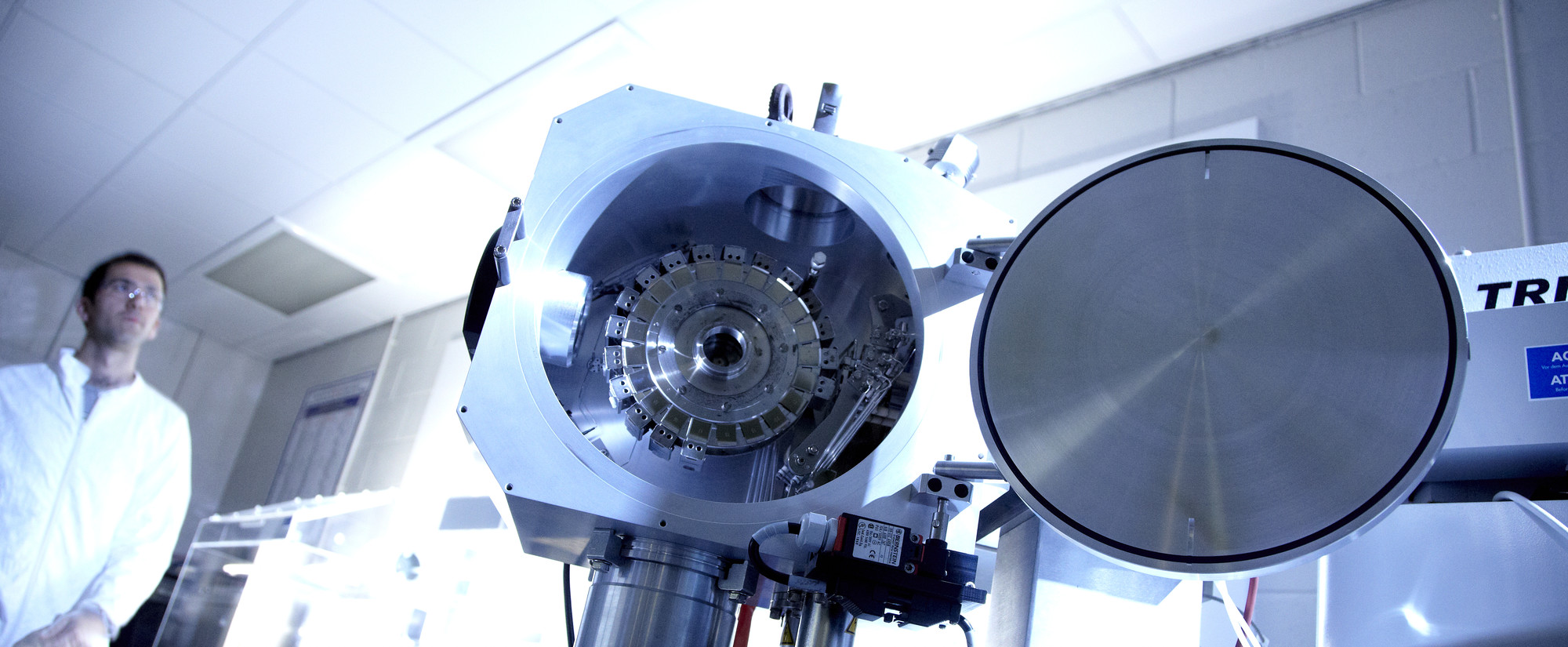Petrography and Microscopy
Petrography is a fundamental part of the Earth Sciences, which plays a role in much of the research that takes place within the Earth Sciences department. It is also a core component of teaching at all levels of the within the undergraduate programme. This page provides further information on the petrography and microscopy facilities in the Department of Earth Sciences, together with information on their use in its teaching and research.
Specialist infrastructure
The Department of Earth Sciences has a dedicated Microscopy and SEM laboratory, which contains a significant proportion of our petrographic imaging equipment, and is used by researchers in almost all research areas.
Equipment includes:
-
Hitachi Tabletop TM 1000 Scanning Electron Microscope (SEM) with EDS facility
-
Deben X-Y stage for the Hitachi Tabletop TM 1000 SEM (Industry funded)
-
Nikon Eclipse 50iPOL polarizing microscope, microscope camera and a digital stand alone microscope control unit (Industry funded by GeoPOP3 Consortium).
-
Computer-controlled high resolution camera and image analysis software
-
Leica reflected light microscopes for ore identification and palaeontological work
Professional services
The facility offers a full petrological service for industry with fast turn around times for SEM analysis of samples. We offer a unique facility in that samples need not be coated or polished to use the SEM-EDS and hence preserve sample integrity.
Related Facilities
In addition to the facilities present within the Earth Sciences department, staff and postgraduate students have access to microscopy equipment within other departments across the University. In particular, the Scanning Electron Microscopy facility based in the Physics department.
Research
Petrography is used in some capacity in a many research groups within the Earth Sciences department, as a tool for phase analysis, textural analysis, and quantitative analysis. This section explores the use of Petrography within these research groups.
- Phase Analysis - Identifying minerals/clasts within a rock as a hand specimen or in thin section.
- Textural Analysis - Examining the texture of a rock, the arrangement of the minerals/clasts within the sample.
- Quantitative Analysis - E.g., grain size analysis, image analyses, point counting.
Teaching
"The best geologist is the one who has seen the most rocks." — (H. H. Read, 1940)
The Earth Sciences department offers a range of taught undergraduate degree programmes. Petrology and petrography form core components throughout these, but significantly at Level 1 and Level 2. The Level 1 Earth Materials module teaches students the principles of crystallography and petrology along with the basic methods to identify minerals in hand specimen or under a petrographic microscope. These skills are then applied further in Level 2 and 3 modules to develop student understanding of the physical processes that shape the Earth.
Facilities and Equipment
Research equipment facilities located in the department


/prod01/prodbucket01/media/durham-university/departments-/earth-sciences/60228-1-1998X749.jpg)
